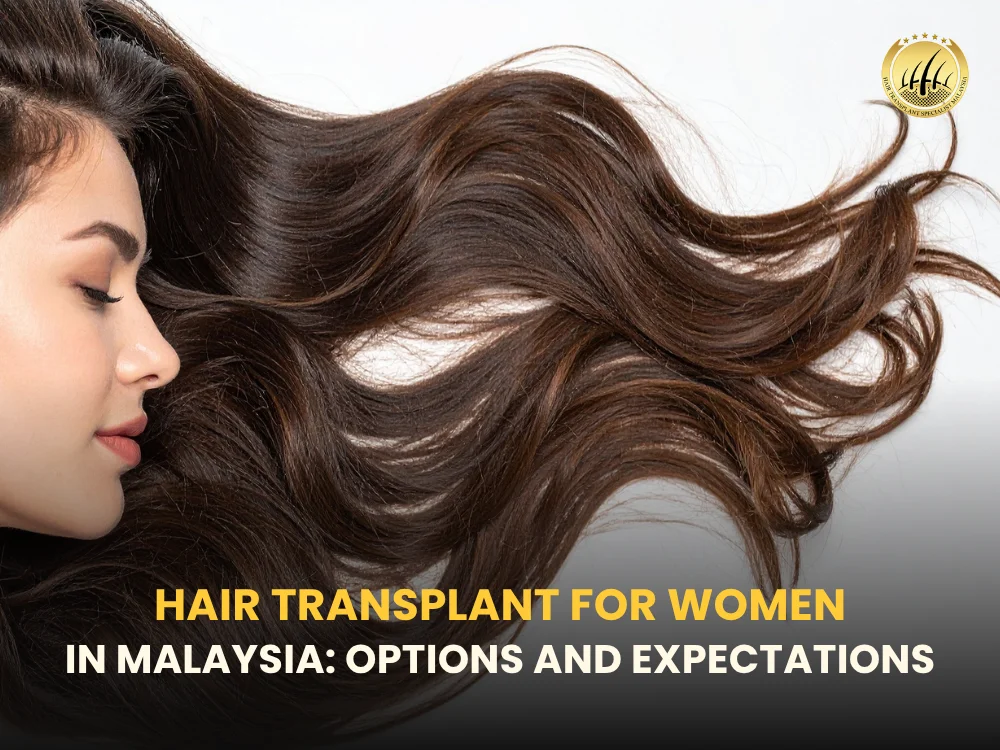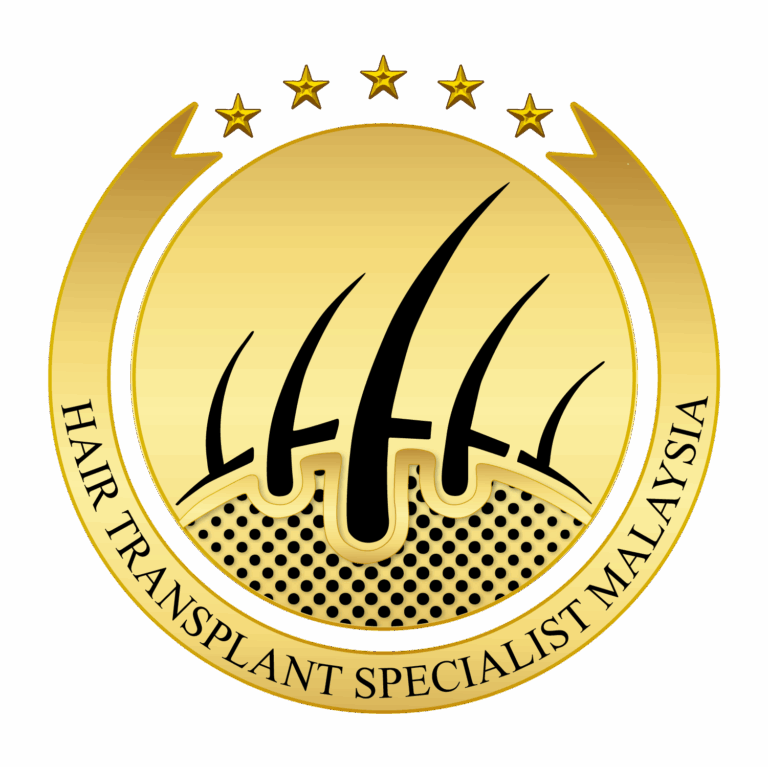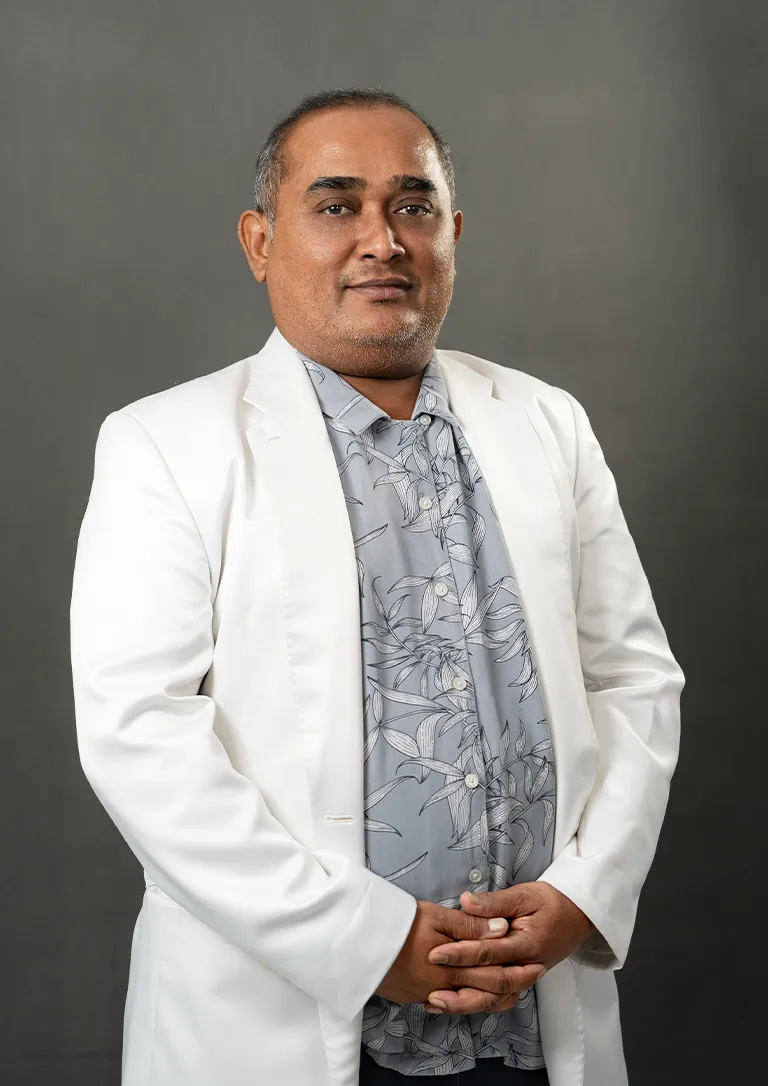If you’re researching hair transplant for women in Malaysia, you’re taking a smart step toward reclaiming fullness, confidence and a healthy hairline. Female hair loss may feel isolating—but the good news is, advanced hair restoration techniques designed for women exist here in Malaysia and offer real hope. In this article, we’ll walk you through what kinds of procedures are available, how they differ, what you should expect before and after, and what makes a clinic truly trustworthy.
Hair Transplant for Women in Malaysia
When we talk about hair transplant for women in Malaysia, the conversation often centres around techniques like Follicular Unit Extraction (FUE) or Direct Hair Implantation (DHI) adapted to female hair-loss patterns. Clinics such as GLOJAS Hair Transplant Clinic highlight that their surgeons are certified by the American Board of Hair Restoration Surgery (ABHRS) and the International Society of Hair Restoration Surgery (ISHRS) — reassuring credentials when considering this kind of specialised procedure.
Women present with different hair-loss patterns compared to men (for instance, diffuse thinning rather than clean receding hairlines), so a tailored approach is essential. In Malaysia, there’s growing recognition that hair transplant for women need clinics with experience in designing feminine hairlines, accounting for hair texture, donor-area evaluation, hormonal factors and post-operative care.
What Causes Female Hair Loss & Why Consider a Transplant?
Female hair loss (alopecia) can stem from many causes: hormonal changes (such as postpartum or menopause), genetics (female pattern hair loss, or androgenetic alopecia), nutritional deficiencies, stress, autoimmune conditions (like alopecia areata), or scarring from prior surgery. Many women first try topical treatments, medications or therapies like PRP (platelet-rich plasma) before deciding a transplant may be appropriate.
A hair transplant for women becomes a viable option when:
- non-surgical therapies have been maximised and there is still thinning
- the donor area (usually the back or sides of the scalp) has viable healthy follicles
- realistic expectations are in place (a transplant won’t magically reverse every hair lost)
- you’re in good health and ready for the process, recovery and follow-up care

Options & Techniques Available in Malaysia
FUE (Follicular Unit Extraction)
This technique involves extracting individual hair follicles from the donor area and implanting them into thinning zones. Many Malaysian clinics now use an upgraded “smart” FUE technique with very fine punches, minimal scarring and faster recovery.
FUT (Follicular Unit Transplantation)
Less common for women but still relevant: this is the strip method, where a strip of scalp is removed and then dissected into grafts. It leaves a linear scar, which for many women (especially those who wear hair long) may be a disadvantage.
DHI (Direct Hair Implantation)
A specialised variant where extraction and implantation occur in one step using patented implanter pens — less disturbing to the scalp, fewer incisions, sometimes quicker recovery. The Malaysian arm of DHI Global Medical Group reports a minimum 97% follicle survival rate for hair transplant for women cases.
Non-surgical adjuncts & combined approaches
It’s important to note: many clinics recommend combining transplant with non-surgical methods—PRP, low-level laser therapy, scalp treatments, medications—to stabilize hair loss, improve donor health and enhance outcomes. For example, at certain clinic both men and women receive treatment programmes for hair loss beyond just transplantation.
What to Expect Before, During & After the Procedure
Consultation & Planning
Your specialist will assess your scalp, hair‐loss pattern, donor area density, overall health (including hormones for women), and set realistic goals. They’ll also explain the technique suited for you, costs, risks and recovery timeline.
Day of Surgery
- Local anaesthesia is used so discomfort is minimal.
- Extraction of follicles (FUE or DHI) followed by implantation into recipient sites.
- Attention to angle, direction, hairline design — especially for women where the hairline and side zones matter visually.
Recovery & Timeline
- Days 1-3: Some redness, mild swelling may occur. Most clinics in Malaysia report quick recovery with modern methods.
- Weeks 2-4: Some of the transplanted hairs may shed (known as “shock loss”) — this is normal.
- Month 3-4: New hair starts to grow.
- Month 8-12: You’ll see more noticeable results; full maturation may take up to 12-18 months.
- Long-term: The transplanted hairs are considered permanent, but ongoing hair thinning elsewhere may still require attention.
What You Must Do
- Follow care instructions (gentle washing, avoid trauma to scalp, protect from sun)
- Attend follow-up appointments
- Maintain scalp health (nutrition, avoid smoking, manage stress)
- Continue non-surgical support as recommended
Expectations & Realistic Outcomes for Women
For women, realistic expectations are key. A transplant can restore lost density and improve appearance significantly, but several factors influence final outcome: donor hair quality, underlying hormonal issues, overall health, surgeon skill, aftercare.
Women often seek improvement in diffuse thinning rather than large bald patches. In such cases, the aim is often to thicken rather than fully cover an area. The best clinics in Malaysia emphasise natural line-design and avoid overly masculine hairlines (which can appear unnatural on women).
Certification matters: make sure the surgeon is recognised by ABHRS or ISHRS — both good indicators of training and standards. As one Malaysian clinic notes, select an experienced surgeon and avoid having the core work done by technicians alone.
Cost-wise, expect variation: for FUE in Malaysia the price range is often from RM5,500 to RM15,000 (or higher depending on graft number and complexity).
How to Choose the Right Clinic in Malaysia
When selecting a clinic for hair transplant for women in Malaysia, keep this checklist in mind:
- Surgeon credentials: ABHRS, ISHRS, MOH registration
- Dedicated experience with hair transplant for women (not just male cases)
- Transparent before/after photos of women
- Clear explanation of techniques, graft numbers, expected results
- Follow-up care and aftercare support
- Accredited facilities, hygiene standards, realistic promises
- Clear cost structure and no hidden fees
When you combine all of these factors, you’ll be better placed to make a confident decision.
Risks & Considerations Specific to Women
Though hair transplantation is generally safe, women should pay attention to certain additional factors:
- Hormonal fluctuations (e.g., menopause, thyroid issues) may continue to cause thinning beyond the transplant area
- Scarring potential: while FUE and DHI reduce visible scarring, inadequate donor area assessment can cause visible thinning behind the transplant zone
- Shock loss: Women may experience shedding in surrounding areas; therefore, the timing and planning are important
- Realistic hairline: Women’s hairlines differ from men’s; a masculine “M-shape” hairline may look unnatural
- Donor hair quality: If the donor zone is weak (thin or sparse), results are compromised
Maintenance & Long-Term Care
A transplant is not the “set it and forget it” solution. Long-term hair health still requires maintenance:
- Use of topical treatments (like minoxidil) or other therapies if recommended
- PRP or low-level laser therapy can be used adjunctively
- Scalp care (nutrition, gentle styling, avoid tight hairstyles)
- Routine check-ups with your hair specialist to monitor donor and recipient areas
FAQs
- Is hair transplant for women safe?
Yes — when performed by a qualified surgeon in a certified clinic the procedure is generally safe for women. But proper evaluation (including hormone tests) is crucial to ensure underlying causes are addressed. - Will the transplanted hair look natural on a woman?
If the hairline design, graft placement and donor selection are handled by an experienced female-hair specialist, yes — natural results are achievable. Clinics in Malaysia now emphasise feminine hairline design and texture matching. - How much does a hair transplant for women cost in Malaysia?
It varies widely: many clinics quote RM5,500–RM15,000 (or more) depending on graft count, technique (FUE, DHI), surgeon expertise and other factors. Always obtain a transparent quote. How long is the recovery time?
Most women can return to normal daily activities after a few days. Minor swelling or redness may fade in 1-2 weeks; new growth begins around month 3-4; full results by 8-12 months. - Can women still experience hair loss after the transplant?
Yes. A transplant restores follicles from the donor area, but if the underlying cause (hormonal imbalance, nutritional deficiency) remains, adjacent areas may continue to thin. That’s why maintenance is important. - Will there be visible scars?
With modern FUE or DHI techniques scars are minimal—tiny dots or very fine marks often hidden by surrounding hair. That said, donor area health matters for minimal scarring. - What percentage of grafts typically survive?
Top clinics in Malaysia advertise survival rates of 90%-97% for female cases (especially with DHI) when properly performed. - Am I a good candidate for a hair transplant for women?
You could be if you have clear thinning, sufficient donor hair, good general health, and realistic expectations. A consultation with a specialist is essential to evaluate suitability. - Is the result permanent?
Transplanted hairs are considered permanent (as they are from areas resistant to hair loss), but your overall hair health and ongoing hair-loss risk still matter. - How do I choose the right clinic for hair transplant for women in Malaysia?
Check surgeon credentials (ABHRS/ISHRS), ask for female case results, ensure personalised planning, and verify aftercare support. Read reviews and compare before/after photos.
Conclusion
If you’re considering hair transplant for women in Malaysia, you have strong options: modern techniques like FUE and DHI, experienced clinics, and surgeons certified by global boards such as ABHRS and ISHRS. The journey begins with a proper diagnosis, realistic expectations and a well-designed plan. With over 25 years of experience in the field, a clinic that emphasises female-specific hairline design and long-term care can help you regain not just hair — but confidence.
If you’re ready to take the next step, book a free consultation with a specialist Hair Transplant Malaysia Clinic that is ABHRS & ISHRS certified and has decades of proven experience. Your hair restoration journey deserves nothing less.

